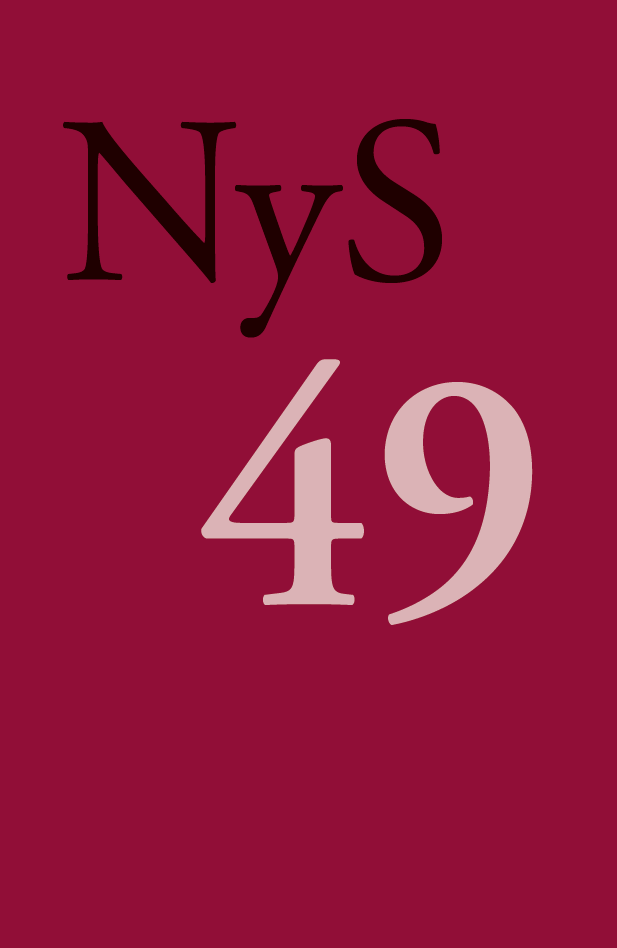The news interview: Interviewing children
DOI:
https://doi.org/10.7146/nys.v1i49.22909Abstract
Previous studies on broadcast news interviews have primarily described the accountability interview with public figures such as politicians as interviewees. Drawing on the framework of conversation analysis this article investigates a different type of news interview interaction, namely that of journalist-child interaction within the morning news interview programme Go’ morgen Danmark (Good morning Denmark). More specifically, the relevance of child identity in the news interview setting is discussed. It is argued that child identity is made relevant in the interviews not only by the explicitly ascription of categories such as “12-year-old”, “9th grader” and “student council president”, but also in several other ways. This can be observed when interviewers do not expect interviewees to be able to answer questions adequately, when interviewees are having difficulties doing so, and when interviewee identities that are not usually ascribed children, are oriented to as peculiar. Research literature on the news interview has characterized the interaction as a distinct type of institutional talk made up of questions and answers, and thus organised in accordance with a question-answer format. This paper argues that the format is not constitutive for the genre under investigation. The participants in the data under study frequently depart from the question-answer format, and they only rarely treat these practises as deviant.Downloads
Published
How to Cite
Issue
Section
License
Forfatteren/forfatterne og NyS har ophavsret til de artikler og anmeldelser der bringes i tidsskriftet. NyS har ophavsretten til den udgivne version af tidsskriftet. Forfatteren har ophavsretten til sin egen tekst. Forfattere kan arkivere den publicerede artikel på deres institutions forskningsarkiv (Institutional Repository) eller en privat hjemmeside, når forfatteren samtidig linker til artiklen med den officielle DOI.
For artikler publiceret i NyS tillades at læsere kan downloade, kopiere, udskrive, søge eller linke til og citere fra artikler til ethvert lovligt formål. Artikler kan frit deles og linkes til på forsknings- og undervisningsnetværk (så som Blackboard, Moodle, Canvas o.a.). Link foretrækkes fordi det giver oplysning om brug af tidsskriftets artikler, og fordi det anerkender tidsskriftets redaktionelle arbejde. NyS tillader ikke at læsere bruger artikler eller dele af dem i egne artikler uden at citere, eller at læsere på anden vis anvender dem til kommercielle formål.





